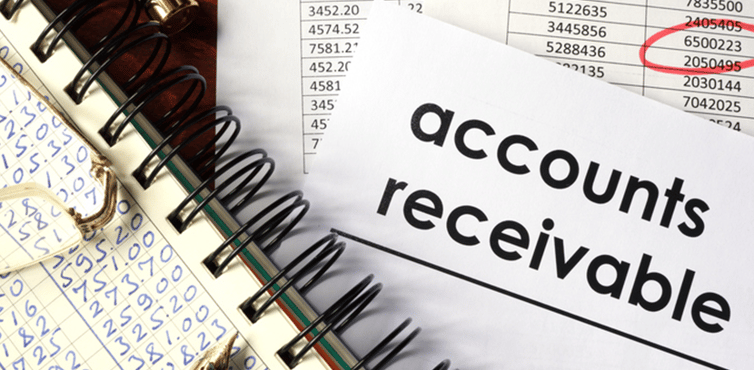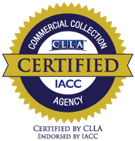Accounts Receivable Management includes the practice of collecting money that is owed after extending credit for a product or service.
When selling goods or services to clients or customers, businesses may set up a credit line, recurring payments, or some other way for the client to purchase over time. Even though the sale total of the contract is specified as one large amount, the revenue is spread out over time and managed by the company's accounts receivable department. Collecting payments on these invoices or accounts may also be spread out over time.
What are procedures for managing accounts receivable?
Managing accounts receivable means prioritizing and following best practices to maintain a steady cash flow for the company. Here are common procedures for managing accounts receivable:
- Establishing payment terms.
- How much to pay (including applicable discounts for early or in-full payments).
- Who to pay.
- Where to send payment
- When payment is due.
- What to expect if payment isn't paid on time.
- Invoicing regularly.
- Automating or otherwise setting up options for receiving payments.
- Documenting payments received and deposited.
- Reviewing receivables to be aware of late payments.
- Communicating with the customer or client's accounts payable person or A/P department.
- Establishing a collections policy (what happens when a payment is past due).
- Means of contacting clients for past due accounts.
- When and how often contact is attempted.
- Time or contact efforts before the account is sent to collections.
- Actions that determine immediate escalation.
- When an account is generally sent to third party collections (example 90 - 120 days late).
- Establishing processes for
- Working with a collection agency.
- When to write an account off to bad debt.
- Pursuing legal actions when client refuses to pay.
How does accounts receivable affect daily operations?
Accounts receivable activity affects both cash flow and working capital. Working capital is a snapshot in time and cash flow is a measurement of the company's ability to generate future cash when needed.
Current assets, as reflected on a company's balance sheet, includes cash, accounts receivable, short term investments, inventory, or any assets that can be easily converted to cash within a year. Liabilities, such as accounts payable or other accruals, are expenses to be paid within a year. Working capital is a measure of a company's liquidity, or its ability to convert assets to cash. This conversion is necessary to be able to pay liabilities and other daily costs of running a business.
Working capital = Current Assets - Current Liabilities
See also: How to increase Working Capital within 30 days
If a business sells to clients on credit but the accounts receivable department isn't collecting payments timely, there may not be enough money to pay utility bills or employees, for example. When a company manages its accounts receivable with aggressive collections or tighter credit policies, working capital looks impressive as a measurement of solid financial health. An increase in the accounts receivable balance may appear to be a positive current asset, however unless the receivables can be collected and converted to cash, cash flow is greatly reduced.
For best practices in managing accounts receivable, download this free ebook.





